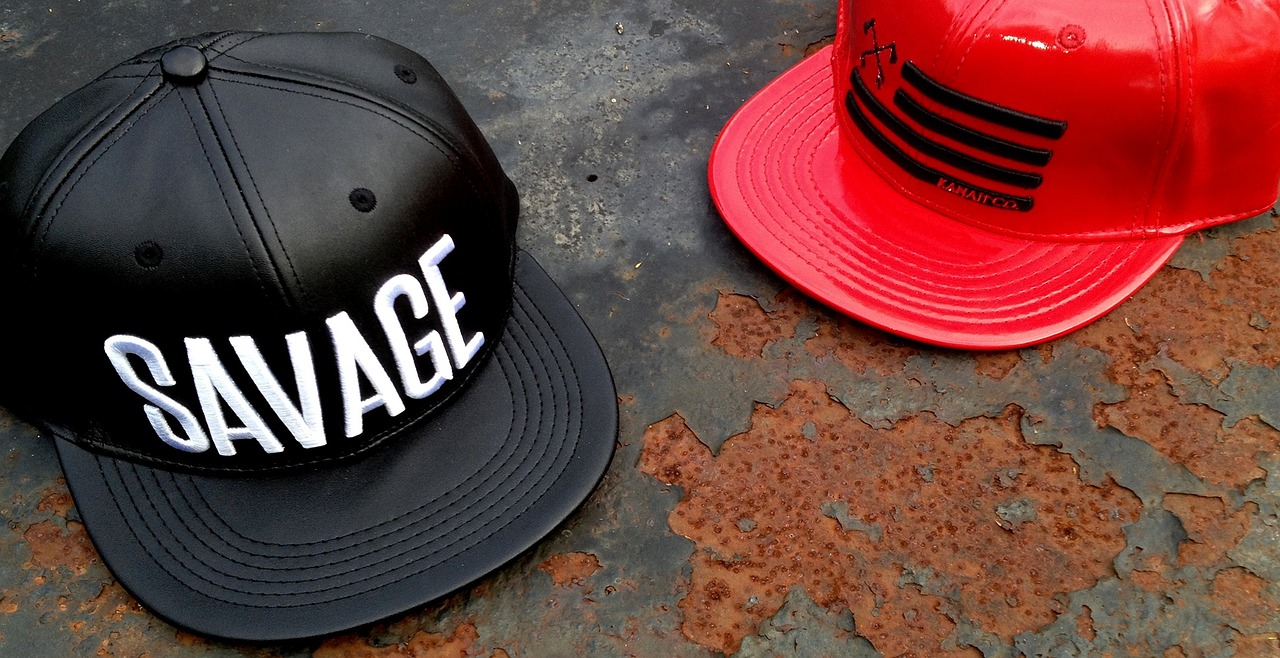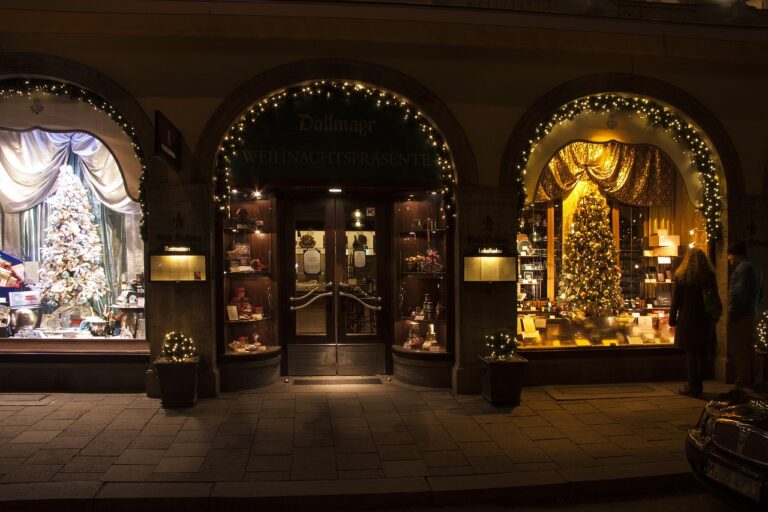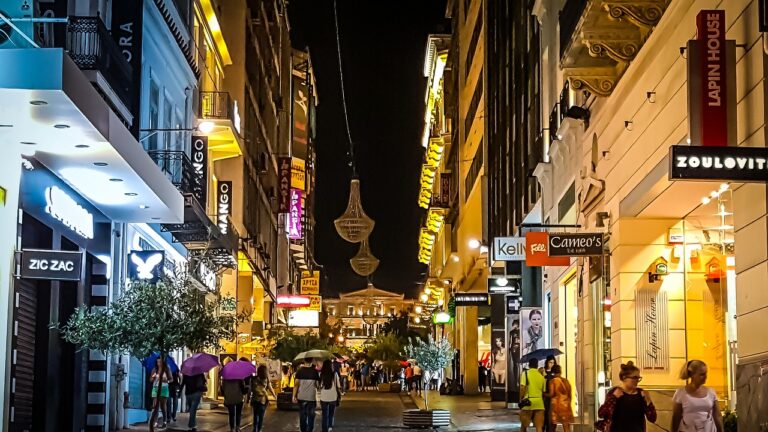The Evolution of Sustainable Packaging in Beauty Products
Sustainable packaging has a deeper history than one might imagine. Dating back to ancient civilizations, people used materials like leaves and wood to contain and protect their goods. These early practices were rooted in the idea of preserving resources and reducing waste, principles that resonate strongly in the modern push for sustainable packaging.
As societies evolved, so did packaging methods. Industrialization saw the rise of mass production and the proliferation of single-use plastics and non-biodegradable materials. While these innovations brought convenience, they also sparked growing concern over the environmental impact of traditional packaging practices. This shift in perception laid the groundwork for the sustainable packaging movement we see gaining momentum today.
The Impact of Traditional Packaging on the Environment
Traditional packaging has long been a prominent contributor to environmental degradation. The use of single-use plastics and non-biodegradable materials has led to a substantial increase in pollution levels globally. In particular, plastic packaging has been a significant concern due to its slow decomposition rate, resulting in a build-up of plastic waste in landfills and oceans.
Moreover, the manufacturing process of traditional packaging often entails high energy consumption and greenhouse gas emissions. From the extraction of raw materials to the transportation of finished products, the entire lifecycle of traditional packaging has a substantial carbon footprint. As a result, the reliance on unsustainable packaging materials has played a pivotal role in exacerbating climate change and environmental harm.
Key Players in the Beauty Industry Embracing Sustainable Packaging
LOréal, one of the largest beauty companies worldwide, has been actively incorporating sustainable packaging practices into its products. By 2025, the company aims to ensure that 100% of its plastic packaging is refillable, rechargeable, recyclable, or compostable. LOréal has also committed to using recycled or bio-based plastics in all its packaging, leading the way in the beauty industry’s sustainability efforts.
Another major player making strides in sustainable packaging is The Body Shop. The company has set a goal to ensure that 70% of its packaging does not contain fossil fuels by 2020. The Body Shop has been focused on reducing its environmental impact by using recycled materials and promoting refills for its products. This commitment to sustainability aligns with the brand’s ethos of promoting natural beauty while being environmentally conscious.







